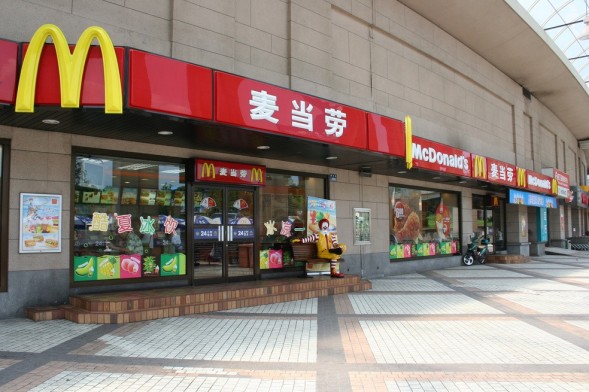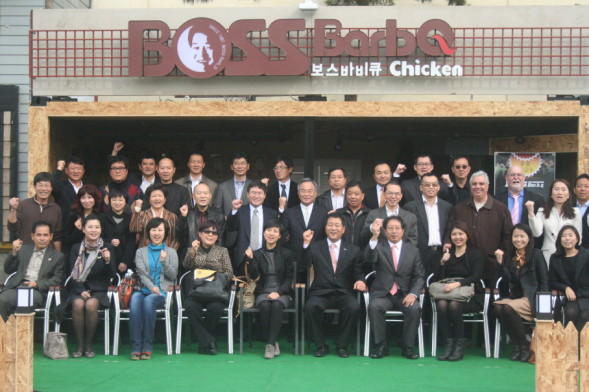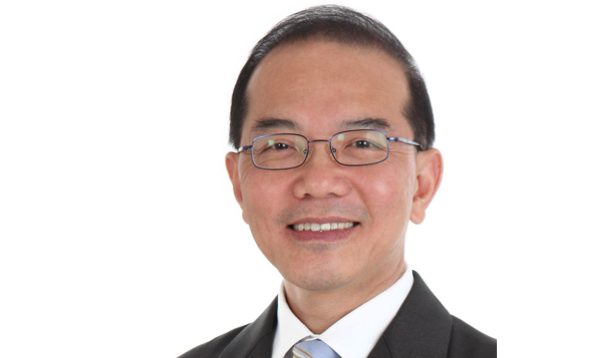Albert Kong CFE, CMC, PMC is the CEO of Asiawide Franchise Consultants, with over 20 years of experience and close to 40 strategic partner offices worldwide. Albert and his team of consultants have completed more than 620 projects over the last 22 years for clients in the Asia Pacific region. He also publishes the only Mandarin-English franchise magazine in the world – Asia Franchise & Business Opportunities, and is the first non-China-based franchise consultant to be awarded by the China Chain and Franchise Association for contributing to the growth of franchising in China. He is also awarded by the Association of Chain Store & Franchise Promotion, Taiwan in 2011 for the significant growth of franchising in Taiwan. His company is involved with 30 franchise events in the Asia Pacific every year and they have successfully found master franchisees for many of their clients in the region. The Columnist talks to him about the franchising scene, service experience in brands and what Asian businesses need to bring their brands to another level.
The Columnist (TC): You’re just back from Mongolia last year and you’ve been assisting businesses to enter the China market since 1995. How has the franchising market progressed and changed?
Albert Kong (AK): My first trip to Mongolia was in 1995. Last year was my fourth trip there. Like all other developing nations, it is obvious from this trip that the people there want and are ready for the better things in life. Franchising is one fast route for lifestyle experiences such as fast-food, fashion and beauty to enter Mongolia. Now let’s talk about China. When I first spoke about franchising in Xiamen in 1995 at the Holiday Inn, it took me an afternoon to explain the concept. Now, China probably has more franchise brands than the USA. The China Chain and Franchise Association (CCFA) has helped the Chinese government come up with rules and regulations so that franchisees are protected. Clearly, many Chinese want to become entrepreneurs via franchising. CCFA is also organising very big and popular franchise exhibitions in Beijing and Shanghai which have attracted a lot of attention worldwide.
TC: Have language barriers and cultural differences been an issue for franchised brands overseas? How did they work through those issues?
AK: Take McDonald’s as an example. They have expanded into hundreds of countries, with close to 14,000 outlets. Should localisation be needed, due to culture or religion, the necessary alterations or adaptations would be made. For example, they sell the McAloo Tikki Burger which caters to the Hindus. In China, McDonald’s is known as Mai Dang Lao (麦当劳) in Mandarin. KFC is known as Ken De Ji (肯德基) These names are carefully translated so that the locals can understand what the brands stand for and are easy to remember.

Other than a Chinese name, McDonald’s in China also has localised menu items. For example, the chicken burgers are made with thigh meat, as compared to the breast meat preferred by occidental countries. PHOTO: MICHEAL YEUNG

Dunkin’ Donuts has a Dry Pork and Seaweed version available in their China outlets. PHOTO: DUNKIN’ DONUTS
TC: With your Asia Franchise & Business Opportunities Magazine and your 20 years of experience in the franchising industry, what do you see are the trends of franchising?
AK: This is a question I get most often from many journalists all over the world. Generally speaking, franchising trends are a reflection of lifestyle trends, which shows the needs and wants of the market. For example, in many cities, people want to relax or be seen in a cafe. So coffee franchises are very popular in many nations, in spite of the market saturation and stiff competition. When fashion and lifestyle magazines keep emphasising how a ‘hip’ person should look like, gyms begin to sprout all over. In countries where education is a top priority (e.g. Asian nations), education-related franchises, especially for children, are popular.
TC: What is the DNA of a successful franchise business model?
AK: Simplicitically, here are a few key factors:
- Concept. Is the concept (e.g. Marche) easily replicable in many markets? Is it a strong concept or ‘just another restaurant’?
- Consumers. How large is the market?
- Contract. Will the contract protect the franchisor and yet still be quite acceptable to most franchisees (and their nations’ legislators)?
- Capital. How much is the investment? If it is very large, how long does it take to recover this investment? What is the return-on-investment? Are the numbers attractive to both the franchisor and the franchisee?
TC: How do businesses know they are ready for the franchising model of expansion?
AK: Specifying the number of stores is a myth. I have heard of people saying that a business must reach 10 or 30 stores before it can be franchised. Some businesses do not even need a retail front (e.g. cleaning or headhunting). Asiawide Franchise Consultants have a very thorough checklist concerning whether a business is franchisable or not. One key factor we look for is the strength and committment of the management because franchising is a long term game. It is not a way to make quick money.
TC: How big does service experience play a part in franchise brands?
AK: Ask any consumer and the answer will be, in most cases, very big. More and more strong businesses, franchised or otherwise, are propped up by not just the normal ‘P’s’ of product, price, place and promotion. Other ‘Ps’ like packaging, and most importantly, people (who provide the service) are very important.
TC: How do franchisors ensure that the service experience is replicated in the franchisees? To ensure that the customer experience is similar to the original brand, what do businesses usually do?
AK: This is where training comes into the picture. A strong emphasis on customer service is essential. This is also where the selection of the franchisee comes into play. We at Asiawide help our clients craft a ‘best possible franchisee profile’ – and quite often, a person with a high EQ is essential. Franchisors need to ‘check’ on their franchisees. Many methods are available, the most common being the ‘Mystery Shopper’.
TC: What do you think Asian brands need to evolve to make them more attractive?
AK: Asia or being Asian is ‘hip’ now. To be even more attractive, Asian brands need to be more disciplined in managing their intellectual property (e.g. trademark registrations in the markets they want to penetrate, copyrighting their manuals, etc.). Another important area is to continually improve their operation efficiency via the use of new technology.

Asiawide Franchise clients on a Korea Business Mission to visit various franchise companies in Korea. PHOTO: ASIAWIDE FRANCHISE
This interview was conducted for The Columnist, a newsletter by Consulus that offers ideas on business, design and world affairs. The views expressed in this article are those of the interviewee and do not necessarily reflect the views of Consulus.




